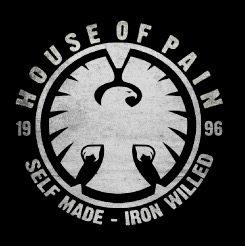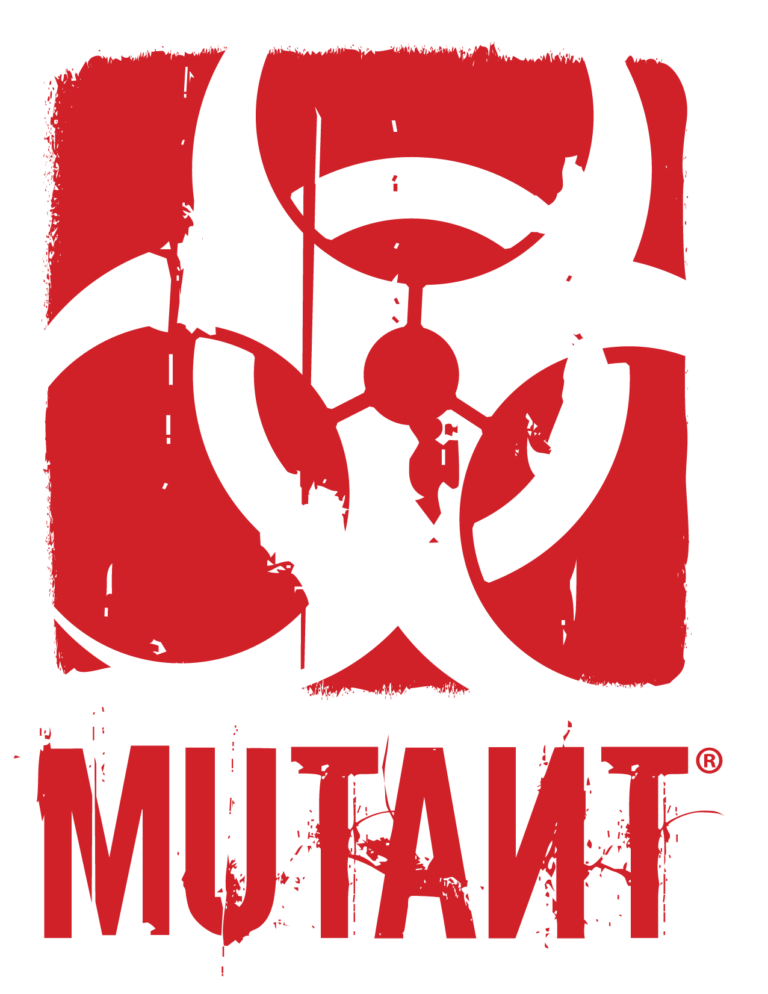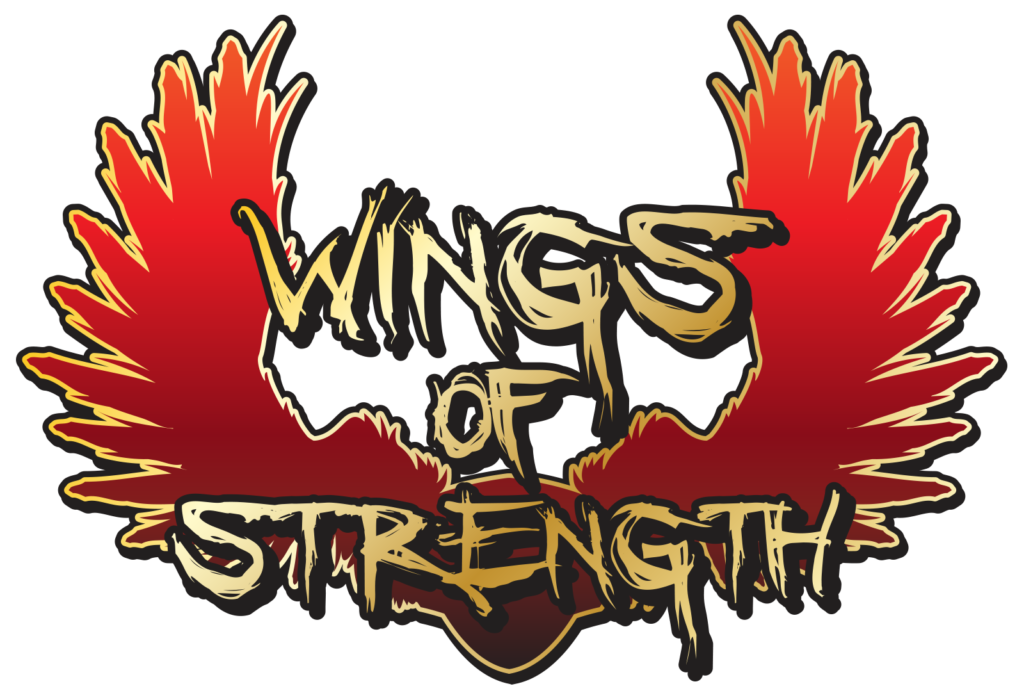By Lindsay Kent
 Anyone who trains for a sport or works out intensely can become overtrained. Athletes in particular are susceptible due to their great motivation and the demands of coaches and trainers. How do you know when you are overtrained, and what can you—and your coach—do to keep it at bay? It starts with recognizing the signs.
Anyone who trains for a sport or works out intensely can become overtrained. Athletes in particular are susceptible due to their great motivation and the demands of coaches and trainers. How do you know when you are overtrained, and what can you—and your coach—do to keep it at bay? It starts with recognizing the signs.
Overtraining Syndrome (OS) has many different symptoms, ranging from anxiety, depression, and suppressed immune function to hormonal and metabolic damage. Studies indicate that approximately 20 to 60 percent of athletes experience stress-related side effects due to high-volume training without proper rest and recovery.
It’s important to distinguish between overtraining and overreaching, which is a short decline in performance after an acute exercise session. With overreaching, recovery comes in a few days. Bouts of overreaching are normal and often a necessary part of peak-performance training. Overtraining syndrome is different. It strikes when there’s an imbalance between training and recovery, creating chronic physiological and psychological stress that exceeds your ability to cope, a condition that can last anywhere from several weeks to years.
Understanding some key biomarkers can help to prevent or drastically reduce the effects of OS.
Inflammatory Responses
 When you work out, you experience some degree of microtrauma to the muscle tissue, also known as muscle fiber damage. Through the process of tissue healing and gains in strength, the body becomes better able to handle progressive-overload strategies involving time, intensity, and volume, and it goes through a localized, inflammatory response that promotes healing.
When you work out, you experience some degree of microtrauma to the muscle tissue, also known as muscle fiber damage. Through the process of tissue healing and gains in strength, the body becomes better able to handle progressive-overload strategies involving time, intensity, and volume, and it goes through a localized, inflammatory response that promotes healing.
Excessive training without the proper rest and recovery amps up that localized response, and without intervention, creates a chronic inflammatory response in the body, known as the Tissue Injury Theory. Excessive tissue damage through excessive training produces an increase in circulating cytokines—immunoregulatory proteins—in the blood, a condition also known as cytokine sickness.
When cytokines are elevated, inflammatory disorders can wreak havoc on the body. Systematic inflammation can lead to decreased immune function and chronic illness, along with other stress disorders including mood changes, lack of motivation, and extreme fatigue. They are all markers of cytokine sickness, and studies indicate that they directly correlate with symptoms seen in OS athletes. If you are experiencing those symptoms, and they are lingering or getting worse, a simple bloodwork panel can test for elevated cytokines.
Intestinal Barrier Damage
 The gastrointestinal environment is also a frontline of defense in the human body, and, if you are experiencing compromised immune function, as mentioned above, your body is much more susceptible to pathogens when you work out. Studies indicate that 20 to 50 percent of athletes report gastrointestinal symptoms, with symptoms increasing as exercise intensity increases.
The gastrointestinal environment is also a frontline of defense in the human body, and, if you are experiencing compromised immune function, as mentioned above, your body is much more susceptible to pathogens when you work out. Studies indicate that 20 to 50 percent of athletes report gastrointestinal symptoms, with symptoms increasing as exercise intensity increases.
During intensive exercise, the body redirects blood flow away from the GI tract to the heart and other working muscles. The body’s core temperature also increases, and the combination of decreased blood flow and increased thermal temperatures damages the intestinal mucosa, causing both an inflammatory response and damage to the intestinal barrier. That increases intestinal permeability, also known as leaky gut, which allows pathogens to cross into the bloodstream, putting the body at risk for infections and disease.
These are only a few of the symptoms associated with overtraining syndrome, but, if you catch the warning signs early on, you may be able to prevent or greatly reduce the negative health markers. Working with your coach and/or healthcare professional, here are some steps to take if you find your athletic performance decreasing or you are experiencing excessive fatigue.
9 Easy Recovery Strategies for Overtraining Syndrome
1) The first step is to rule out organic diseases.
2) Maintain accurate records of training protocols and performance.
3) Make daily adjustments to your intensity and/or volume of training.
4) Change your training protocols frequently to avoid monotony.
5) Be aware of stressors outside of training that can be at work, including sleep deprivation, environmental stressors, occupational stress, and family problems.
6) Make sure to work at the training intensity that is right for you. The body is complex; there is no-one-size-fits-all approach.
7) Working with your coach, use self-report mood questionnaires to identify youe mental and emotional states during training.
8) Get regular health checks from a hybrid group of health professionals, including physicians, psychologists, sports nutritionists, and endocrinologists.
9) If you’re ill or have an injury, go through a full recovery schedule. The best time to resume training will be individual to your specific symptoms. There is no one definitive solution for treating OS or determineing recovery protocols.
In general, I favor a periodized training programming, with periods of high-intensity work immediately followed by periods of lower-volume workloads and intensities. Full rest and recovery days should also be on the schedule. Cross-training, or including varying types of training stimulus’ in your program, can prevent overuse injuries and general exhaustion. Other activities that help restore the body include meditation and yoga, which involve active rest and recovery work. Depending on the type and severity of the overtraining symptoms, you may need complete rest and recovery until the negative health markers are no longer present.
More from Lindsay Kent? Check out her blog right here at DigitalMuscle.com
A former captain of a Junior Olympic volleyball team, Lindsay Kent loved testing her limits and digging deep to push herself to the next level. A professor at the International Sports Sciences Association (ISSA) College of Exercise Science, Lindsay also owns her own training business, Lindsay Kent Fitness. She holds the prestigious designation of Master Personal Trainer, specializing in Fitness Nutrition, Strength and Conditioning, Exercise Therapy, Youth and Senior Fitness, and Athlete/Functional training. A spokesmodel for ISSA, Lindsay writes for various fitness publications and we proud to have her on our team here at DigitalMuscle.com.





